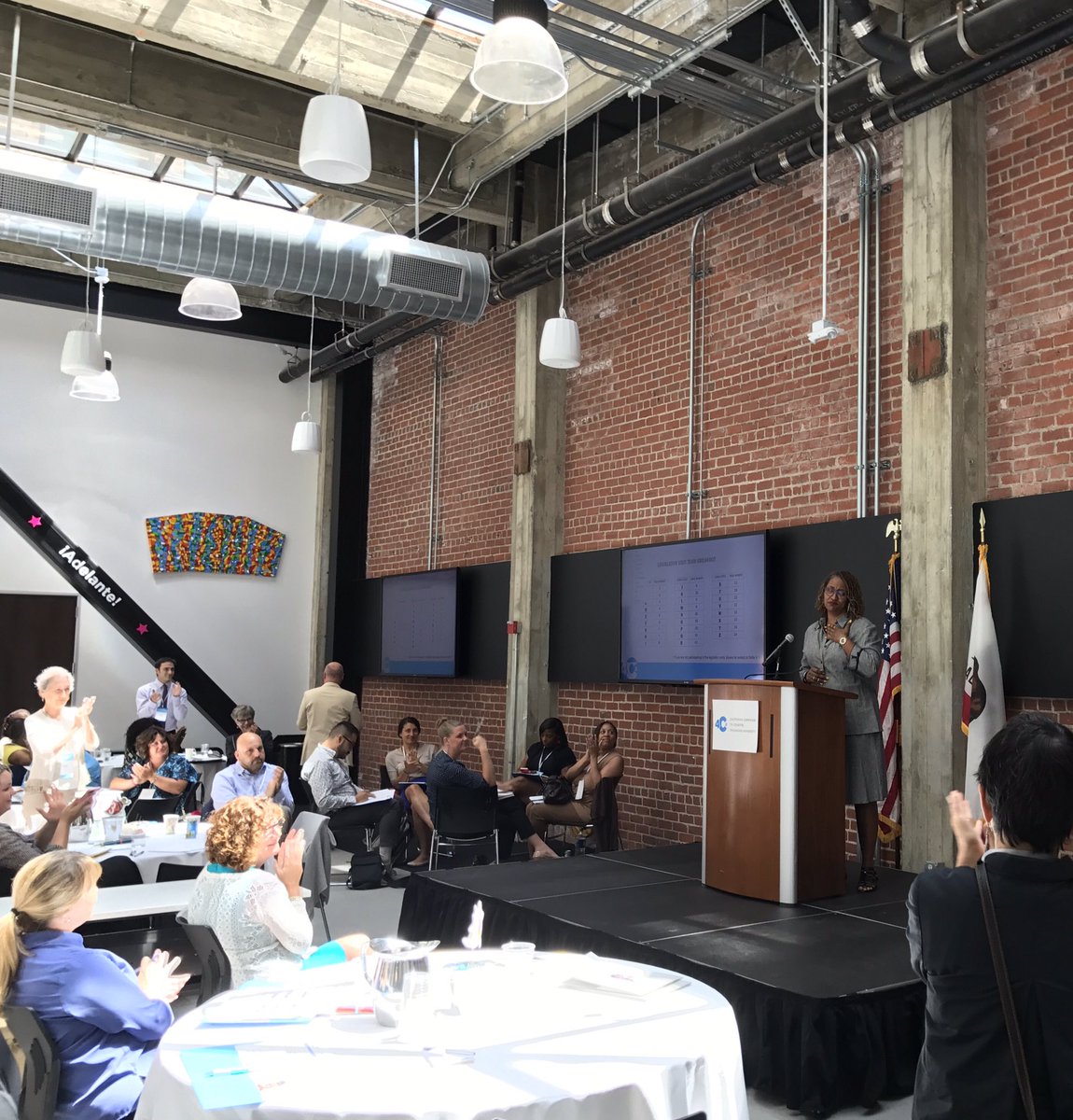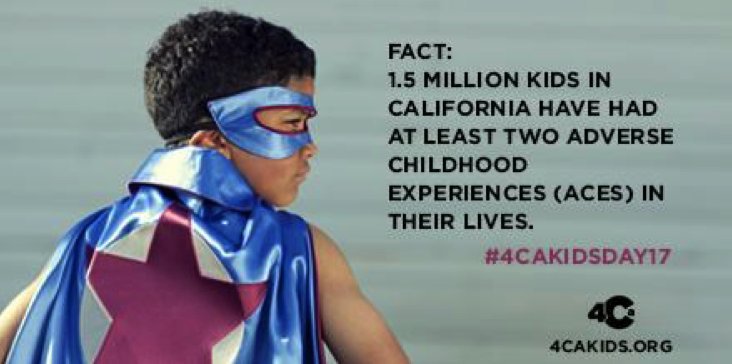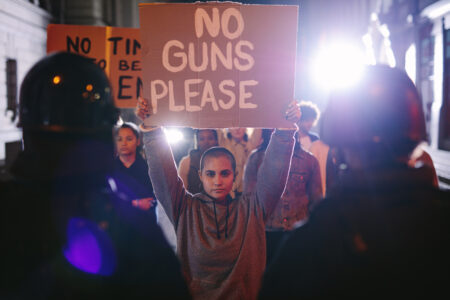
Share On Social!
Childhood trauma is a rising crisis in California.
Trauma like childhood poverty and abuse have ripple effects on the state’s public health, education, and juvenile and criminal justice systems. Teachers and law enforcement are rarely trained on how to deal with traumatized kids. Not to mention the affect on children’s brains, bodies, and futures.
To raise awareness about childhood trauma and better serve kids in California (38.9% Latino), 100 health professionals and advocacy groups created the the California Campaign to Combat Childhood Adversity in 2014.
The group is now pushing five big policy strategies to address childhood trauma in the California Legislature.
And they’ve created a toolkit to help other state advocates do the same.
“Often people think about trauma, ‘Oh that’s a mental health thing or that’s something for the doctor,’ but it’s one body, it’s one child and the ability to do this work in the health field and education field is critical to be able to address what is happening with the whole child, their body and their life,” Chris Padula, interim director of the Center for Youth Wellness, told Ashley Hopkinson of EdSource.
The 5 Policy Strategies

California legislators approved a resolution a few years ago to encourage evidence-based solutions to reduce children’s exposure to trauma, address impacts, and invest in preventive care and interventions.
Why? The life expectancy of a person with six or more adverse childhood experiences (ACEs) is 20 years less than someone with no ACEs. Latino kids struggle with childhood trauma, according to a Salud America! research review.
The California Campaign to Combat Childhood Adversity created an action plan and five key policy recommendations to address ACEs:
1. Develop a trauma-informed workforce. Advocate that professional licensure andcertification standards include competency on trauma-informed approaches and promoteeducation on the negative effects of childhood adversity, as well as how to build protective factors and resilience.
2. Recruit and train a diverse workforce. Create incentives to recruit diverse servicesproviders—particularly in communities that experience childhood adversity more severelyand profoundly—and train them on childhood adversity and trauma-informed approaches.
3. Increase funding and access to effective and promising treatments and practices that address childhood adversity, especially for communities that exper ience childhoodadversity more severely and profoundly.
4. Promote the early identification of childhood adversity coupled with effective and promising treatments and practices.
5. Raise public awareness and cultivate trauma-informed systems. Support parents and caregivers so they can be successful as supportive adults for children. Cultivate child- and family-serving systems and organizations to integrate trauma-informed approaches into organizational policy and practice.
The California Campaign to Combat Childhood Adversity is following its own strategies.
They’re tracking bills and providing running updates on active legislation on childhood trauma, rapid response requests and other advocacy opportunities in the 2017-2018 legislative cycle.
Three current bills include:
- Home visiting programs to improve the health and well-being of families (CalWORKs: Baby Wellness and Family Support Home Visiting Program);
- Establishing 12 years of age as the minimum age for juvenile justice (Jurisdiction of the Juvenile Court); and
- Limiting suspension and expulsions of students (Pupil Discipline: Suspensions and Expulsions: Willful Defiance)
The organization enables people to voice their support for these bills here.
A Toolkit to Help You and Your State
The California Campaign to Combat Childhood Adversity also wanted to help other states make similar progress to address gaps and structural inequities in systems to prevent and respond to childhood adversity.

So they created a communications toolkit.
The toolkit provides language to frame childhood adversity, specific goals and objectives, strategies to achieve the objectives, and guiding principles to inform work.
The toolkit is based on the communication materials California Campaign to Combat Childhood Adversity used to facilitate conversations with policymakers and staffers during a Policymaker Education Day in 2017, and will help prepare for initial and follow-up conversations with elected officials and their staffers.
Does your state have advocacy groups to raise awareness about childhood trauma? Can you get involved?
Check out the communications toolkit and share the five policy recommendations with local leaders to start or support a trauma-informed network in your city or state.
What Can You Do?
You can get Handle With Care started in your community!
Download the free Salud America! “Handle With Care Action Pack” to start a Handle With Care program, in which police notify schools when they encounter children at a traumatic scene, so schools can provide support right away.
Over 65 cities have started Handle With Care.
The Action Pack, which contains materials and technical assistance to help school and police leaders everywhere plan their own Handle With Care program, was created by Dr. Amelie G. Ramirez, director of the Salud America! Latino health equity program at UT Health San Antonio, with help from the West Virginia Center for Children’s Justice, which started the Handle With Care program in 2013.
And sign up for the Salud America! “Trauma Sensitive School Action Pack.” It is a free guide with coaching to help school personnel talk to decision-makers, build a support team, craft a system to identify and support traumatized students, and more!
By The Numbers
142
Percent
Expected rise in Latino cancer cases in coming years



